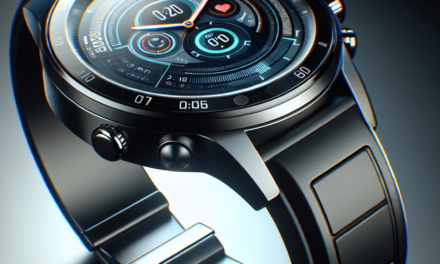Identifying and managing intricate health conditions starts with data. Typically, this data is obtained via physical check-ups, lab tests, or imaging techniques.
Regrettably, these testing methods usually necessitate a patient’s visit to a healthcare facility where data is gathered under artificial circumstances.
In addition, these clinical consultations permit only sporadic data collection.
This poses numerous obstacles for doctors trying to thoroughly understand a person’s health status using a highly incomplete information source.
The possibility to surpass these problems is presented by wearable electronic gadgets, which continuously monitor physiological parameters, offering medical personnel a comprehensive view of their patients’ health.
Take the case of blood pressure monitoring. Typically, this is done during a clinic appointment using a cuff. Given the dynamic nature of blood pressure, a one-time measurement while seated has limited usefulness.
Acknowledging that high blood pressure is a key contributor to heart disease — the primary cause of death globally — a group of scientists from Nanjing University sought to investigate the current progress in wearable, cuffless blood pressure monitoring.
They focused specifically on the recent developments in flexible electronics and machine learning to identify what improvements could aid in designing a viable monitor, as well as the fields that still require more exploration to cross the finish line.





